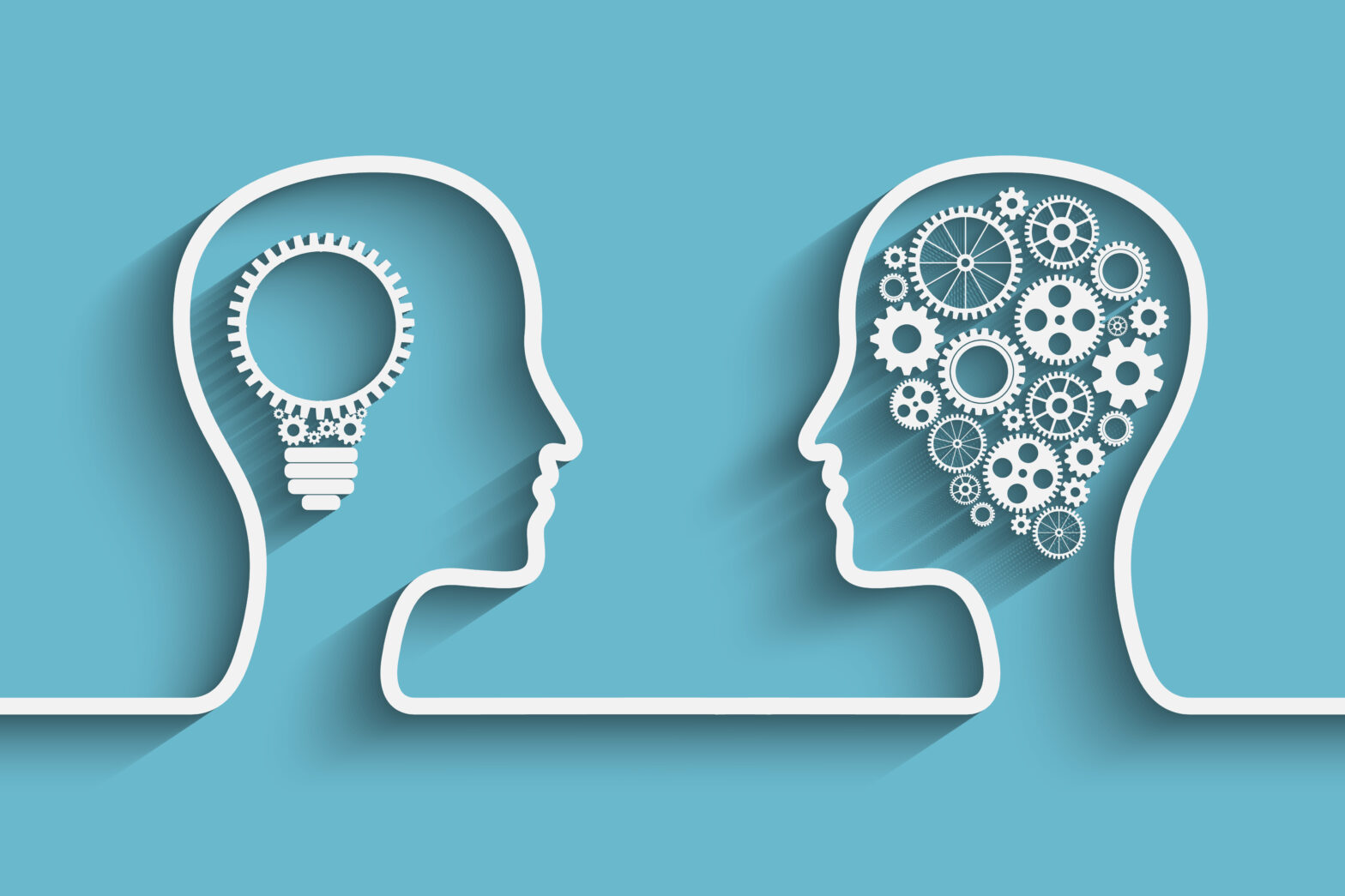Employee mental health: How to lead a mindful workforce
- 5 Min Read
2020’s pandemic has rendered employee mental health a greater concern than ever before. As a result, leaders should be equipped with the right tools to provide a low-stress environment upon the return to the workplace. HRD Thought Leader Janine Dennis explains why mindfulness could be the answer.
- Author: Idris Nagri
- Date published: Jun 11, 2020
- Categories

It’s unfortunate that it took a global pandemic for people to finally realise the importance of preserving peace and employee mental health. From a conscious perspective, it’s more often than not the case that over-exposure to any one extreme will teach you why the other has utility.
For example, the purpose of calm is often realised from being in a persistent state of rage. Conversely, if we are too calm, rage will become inevitable in tense situations.
With most things in life, there is great utility in having a baseline or foundation from which you do most things. But mindfulness and presence is the game-changing foundation that many are still yet to appreciate. Everything from decision-making to the way we relate to one another benefits from this.
The numbers
According to the World Health Organization, depression and anxiety are estimated to cost the global economy $1 trillion per year in lost productivity. What’s more, stress is estimated to cost up to $300 billion per year in the US.
We must be honest with ourselves in the business community that our society breeds a ‘do’, ‘be’, ‘go’, 24/7/365 mentality and culture. Our employees learn the lay of the land by watching both what leaders say and what leaders do almost in a parent-like way. We are often guilty of projecting the notion that they always have to be accomplishing multiple things at a time and ignoring whatever else is happening in their lives.
If this is the case, they are highly likely to be less productive. The emergence of the digital era has amplified the illusion that everyone else (including your competitors) is constantly doing great things with their time and labor. This necessitates a proclivity to always want and expect more out of your employees.
Our consistent focus on productivity at any cost has created an ecosystem where both leaders and employees are not masters of anything, but instead slaves to time and the need for immediacy.
So what does it mean to be mindful?
Mindfulness is the act of being fully present through your thoughts and physical presence. It is being fully aware of every movement, sensation, thought and action while being fully engrossed in the totality of each conscious experience. How often do we say to one another: “I can’t even remember what I said yesterday let alone a moment ago”?
For instance, a 2012 article states: “Mindfulness training was associated with significantly higher increases in positive word recall and wellbeing than controls, and increases in positive word recall were associated with improvements in anxiety/depression and psychological wellbeing”.
In teaching over 100 people from countless organisations about mindfulness, I have yet to encounter a single participant who didn’t gravely require more presence in their lives, or who subsequently abandoned the concept upon leaving the session.
Quite simply, people want to lead their days with more clarity and focus. They want to feel better in mind, body and spirit. Most importantly, they want to slow down while also being a valuable contributor both at work and at home.
How can this be actioned?
It is well-documented that we can support shifts in behavior and mindset through consistent and demonstrated practice. Below are a few tips for leading a more mindful workforce:
- Find ways to slow down during the work day and encourage your employees to do the same. The global pandemic has everyone stretched to the max mentally, emotionally and physically. This is a great time to charge your employees with the task of finding more comfortable and efficient forms of productivity. Ask them how you may be able to decrease the effort on certain tasks.
- Teach teams and leaders to set reasonable goals and expectations to encourage more presence during work activities. To achieve more presence, we need to make sure we are realistic about what can be humanly accomplished in a day. Develop a time management strategy for your teams to incorporate focused work time and focused downtime for them to recharge. This will help each employee calm down and be more present when they are aware of what is a priority and have reasonable expectations for its execution. This can also help decrease on-the-job mistakes and injuries.
- Implement mandatory mindful moments daily. Start the day with a call for mindfulness and presence by leading a 5-10 minute meditation, breathwork or silence activity. Schedule another between lunch and the end of the work day so everyone leaves feeling lighter before engaging in their regular life activities. It will help everyone to practice mindfulness regularly and to feel more balanced and calm during the workday.
You may have thought injecting your workplace with more positivity and wellbeing was an expensive activity. It doesn’t have to be. Small actions and initiatives to ease the pressure of work can go a long way in building rapport with your employees and ensuring they remain well.









